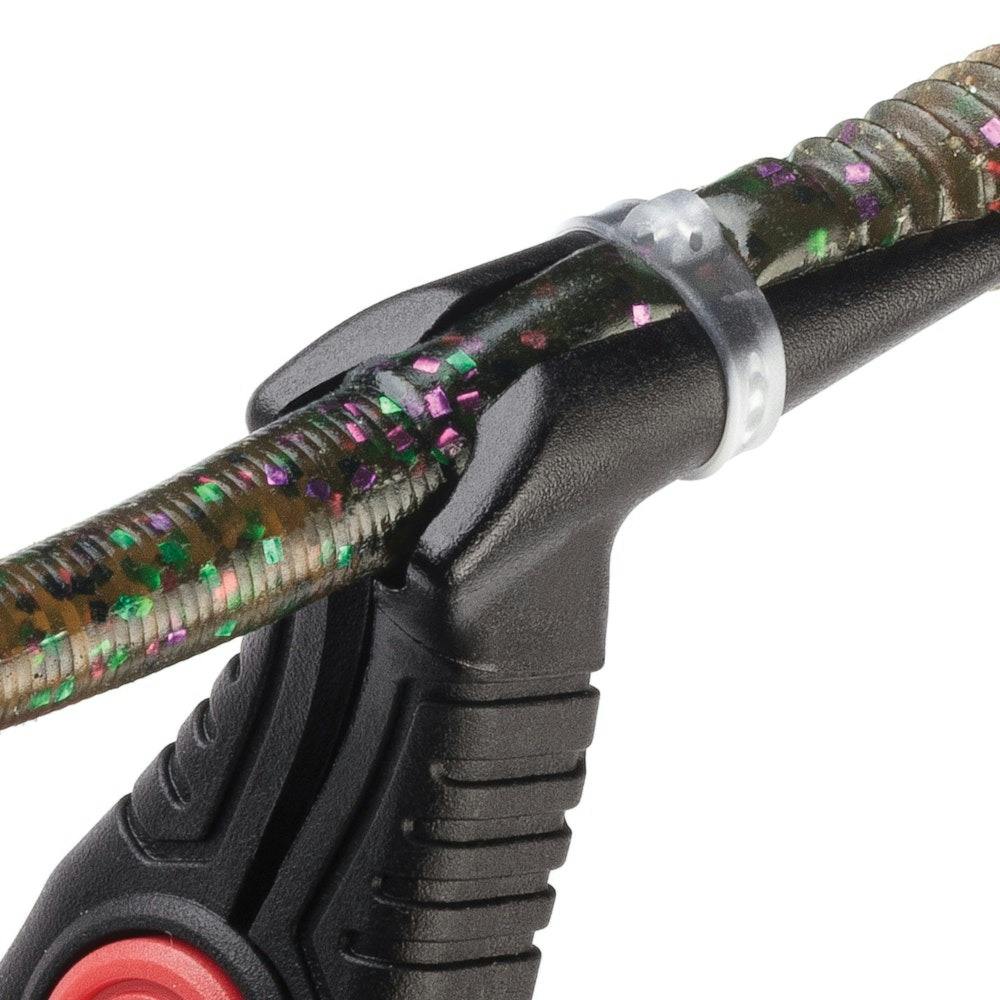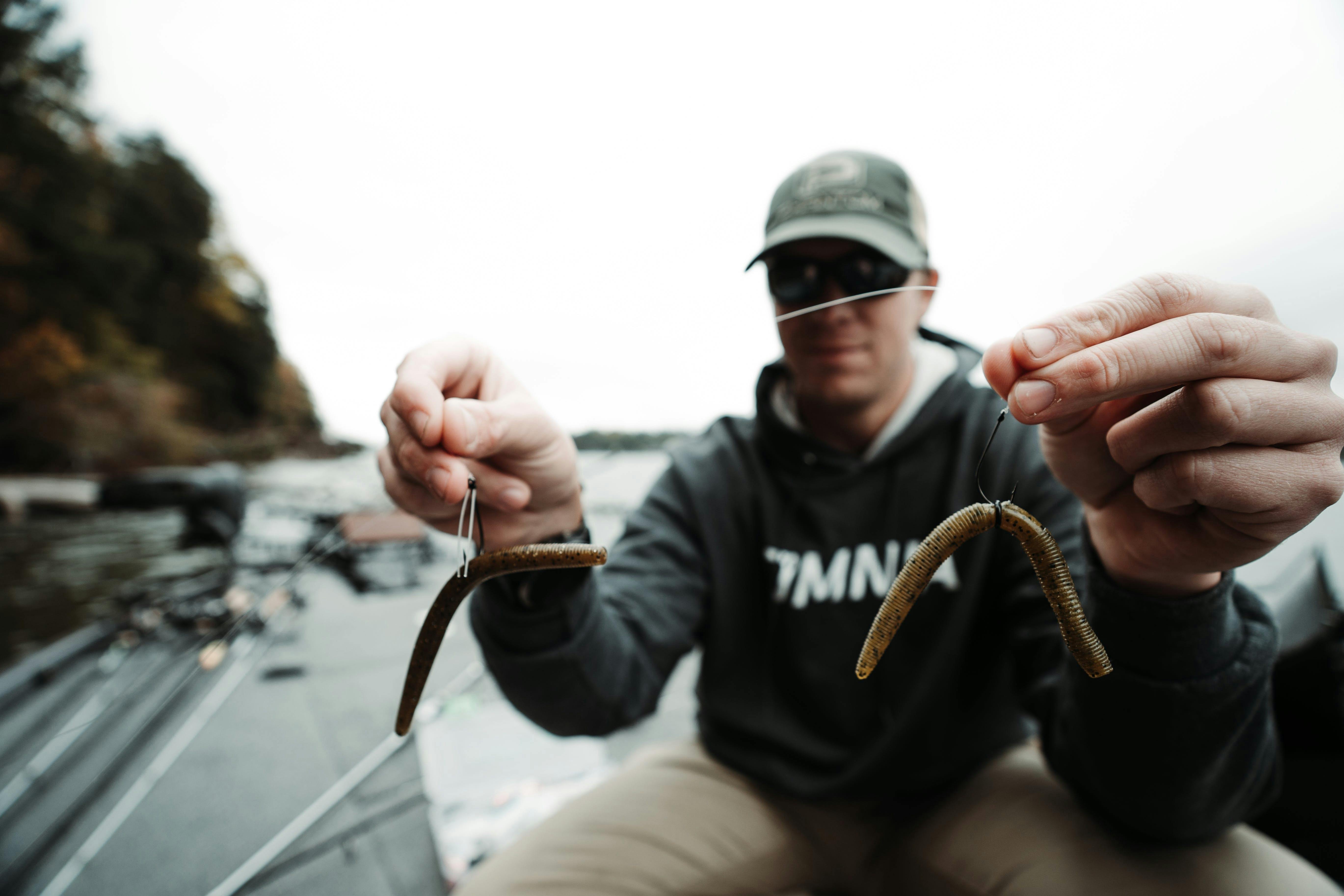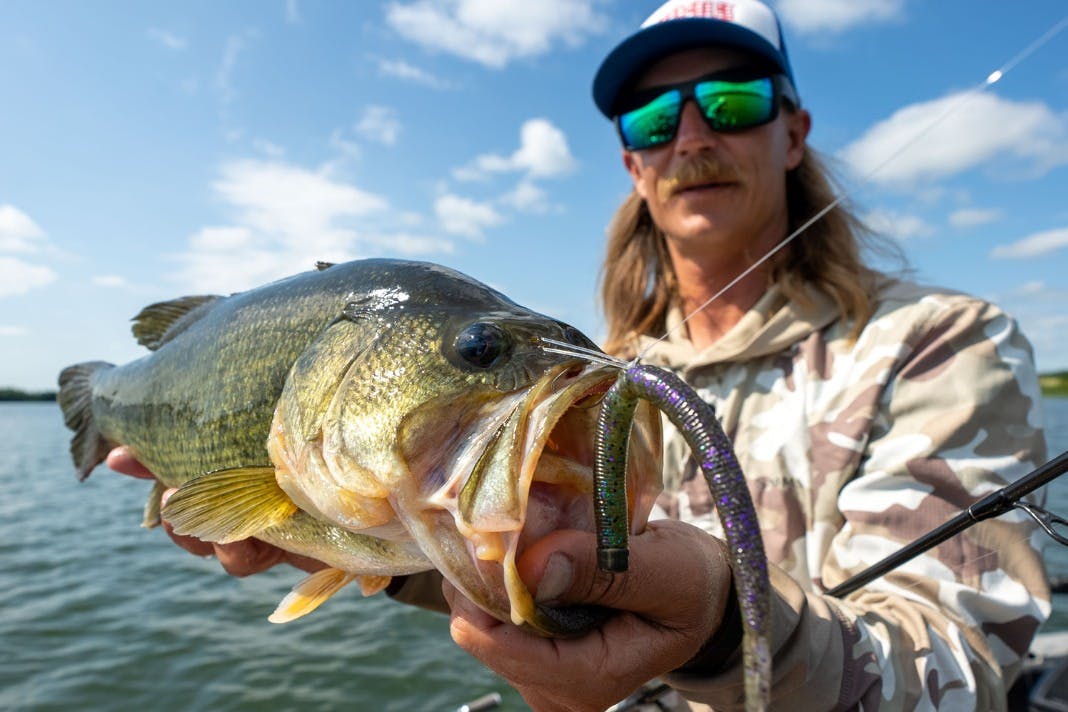
The definitive guide to VMC Crossover rings and pliers
Welcome to the VMC Crossover system for rigging finesse setups. It's purpose-built to save you time, improve accuracy and greatly increase the life of your soft plastic stick baits. Once you try it, you won't ever want to go back!
Read on for the details on when these pliers and rings come in handy, how to use them and what to expect.
What is the Crossover system?
VMC's Crossover system is a combination of special pliers and o rings for your stick baits that make it easy to rig finesse setups and prolong the life of your plastics.
How to use VMC Crossover Pliers
Start by adding rings to the end of the pliers. There's a channel in the pliers for gripping your stick bait securely while you roll the ring onto your stick bait. Having this dedicated system lets you easily place the ring exactly where you want it. Then you're free to add the hook of your choice without worrying about damaging your plastics.

The specialized Crossover rings can be stored in a handy compartment in the handle. Hear more from Bassmaster Elite pro and Omnia ambassador Seth Feider.
What's unique about the VMC Crossover Rings?
Each ring is available in multiple sizes so you can pick one that fits securely. The top of each ring has dual-channel hood that allows for either neko- or wacky-style rigging. You can also choose between black, white and green pumpkin colors to match the plastic bait that you're using.
$4.99
Related: How To Select The Right VMC Crossover Rings For Your Stick Bait
Suggested Crossover ring sizes
Pick the right sized o rings for your stick bait to make sure you've got a snug fit. Not sure which size to choose? Here's a guide for some popular baits as a frame of reference.
About Wacky and Neko rigging
The wacky rig has become a standard way to target finicky bass and other species. When you rig a stick bait wacky, both sides flutter as it falls, triggering bites from stubborn fish. Nail weights can be added to create a Neko rig, which helps with casting distance, fishing deep water and by creating a different action.

Wacky rigs were not always embraced by anglers. Depending on the story you want to believe, side hooking a worm to gain better action was either an accident from a northern tourist visiting Toledo Bend, or a regional technique that was pioneered in New Jersey when an angler turned to caterpillars after a tough day with no bites.
Early pioneers in bass fishing education like Al and Ron Lindner from In Fisherman started to advocate for the Wacky technique in the 70s and 80s but the approach did not gain widespread acceptance until tournament competitors started having success with it on pressured waters in the early 90's.
Why did it take so long to gain acceptance? According to Bass Fishing Archives, it just looked too simple to be taken seriously. But that changed as word started to get around on how effective it can be.
As Wacky rigging became more of a standard for anglers facing a tough bite, the worms and stick baits began to evolve too. Now, anglers can choose from floating worms of many sizes, salted worms with more weight and a dizzying number of lengths, colors and scents. No other stick bait has taken over the bass fishing world as much as the Yamamoto Senko.
Early adopters recognized that hooking their valuable soft plastics would quickly wear them out. This led to some home-grown solutions like using standard o-rings, often criss-crossed to allow the hook to remain in the proper presentation.
The VMC Crossover system of pliers and rings was released in August of 2021 and positioned perfectly to meet the demand of the Senko and wacky rigging crowd. While standard o-rings and rubber bands can do the job of protecting soft plastics, the unique rings in the Crossover system are purpose-built to make a correct alignment for your hook easy and fast.

VMC Crossover pliers have hit the mainstream and can be found in fishing boats and tackle boxes of most serious anglers who target picky fish with finesse techniques like wacky and neko rigging.


